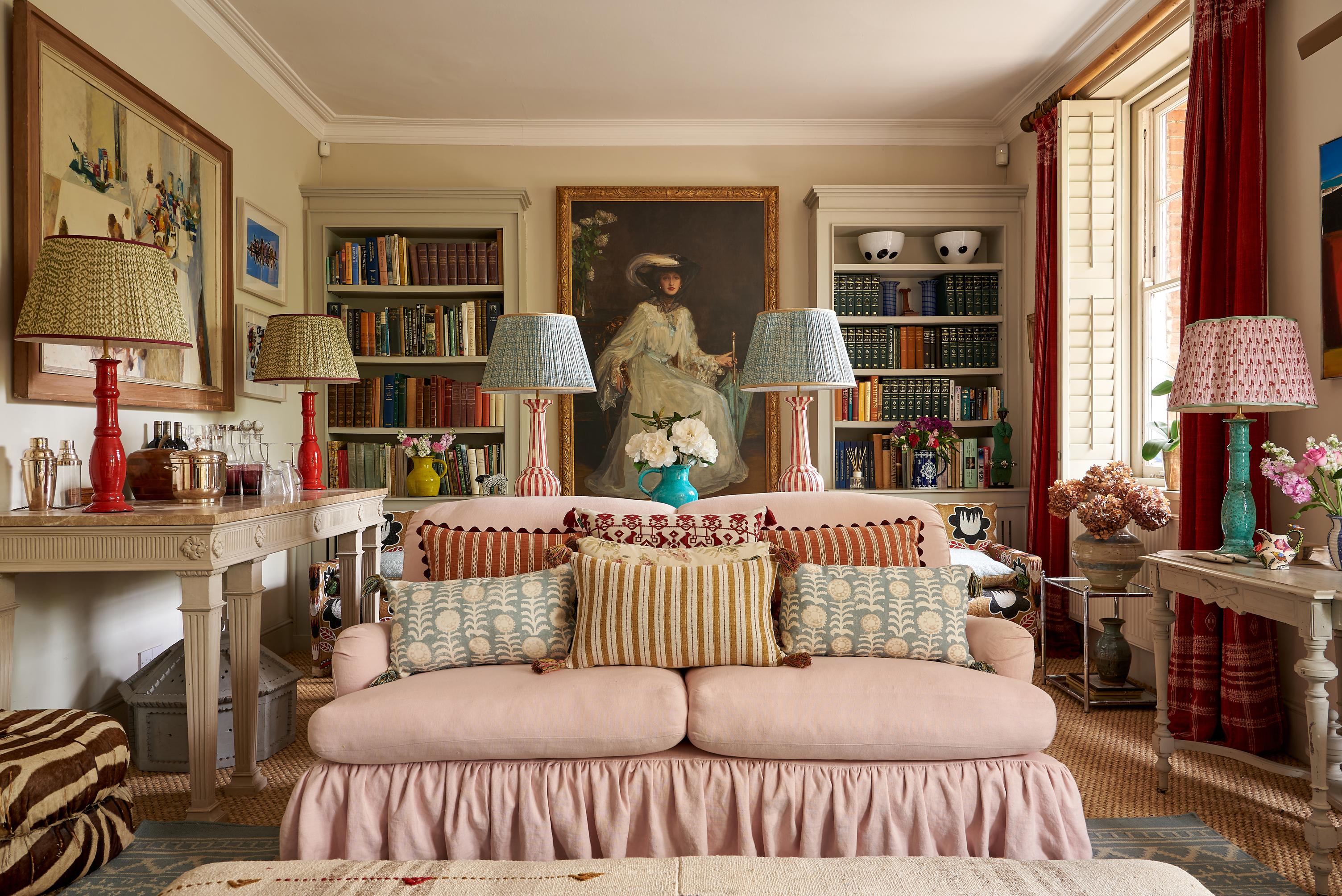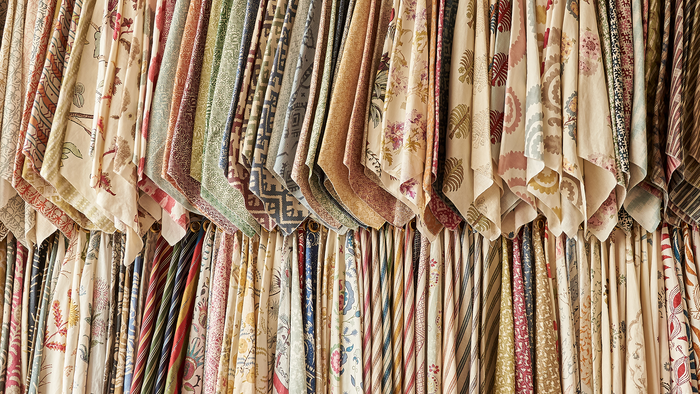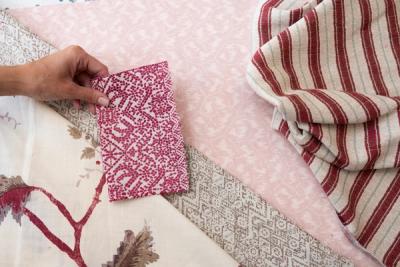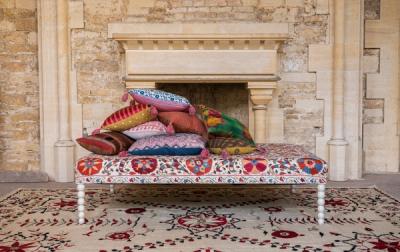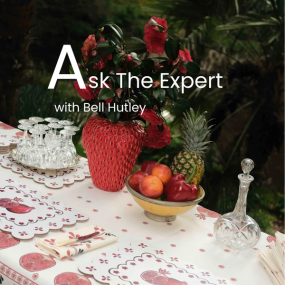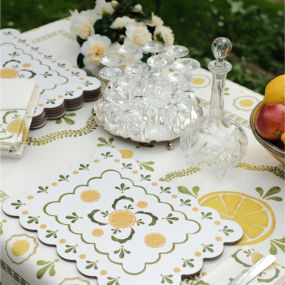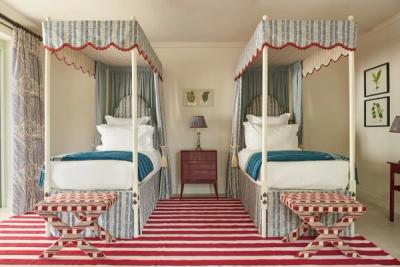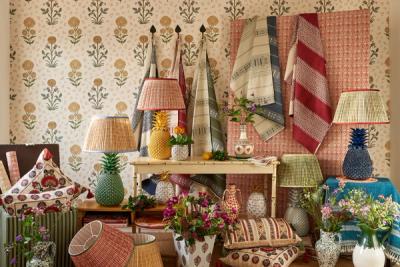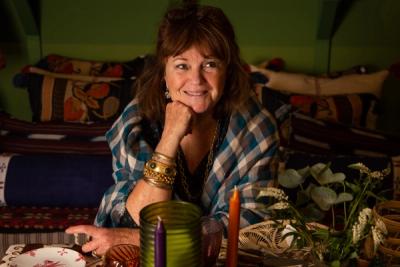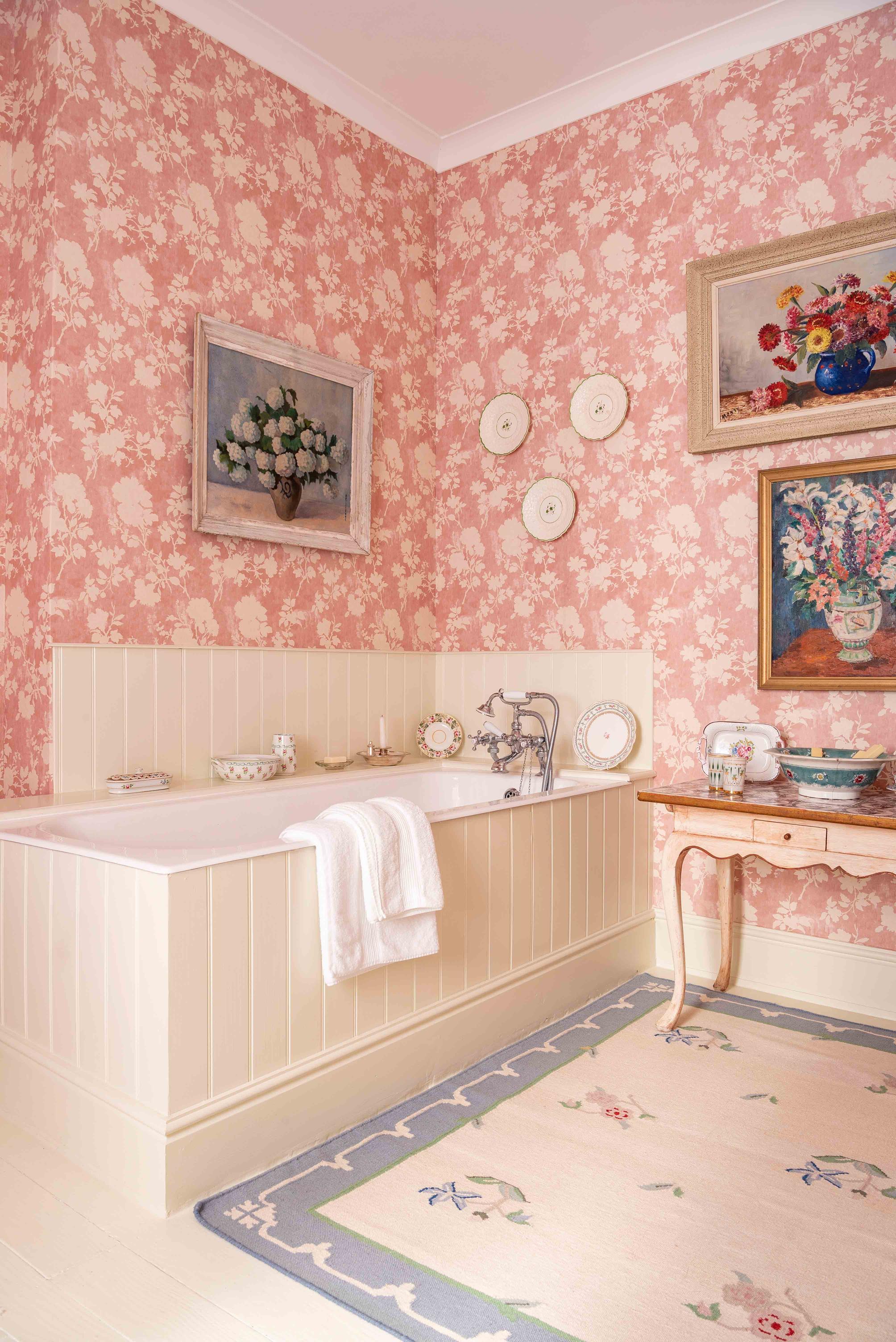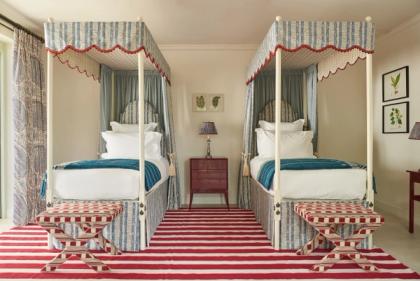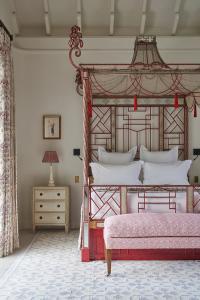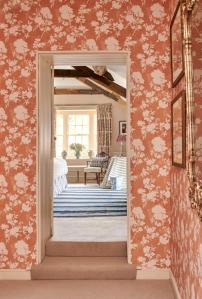Decoration
How to Use Pink Effectively in Interior Design
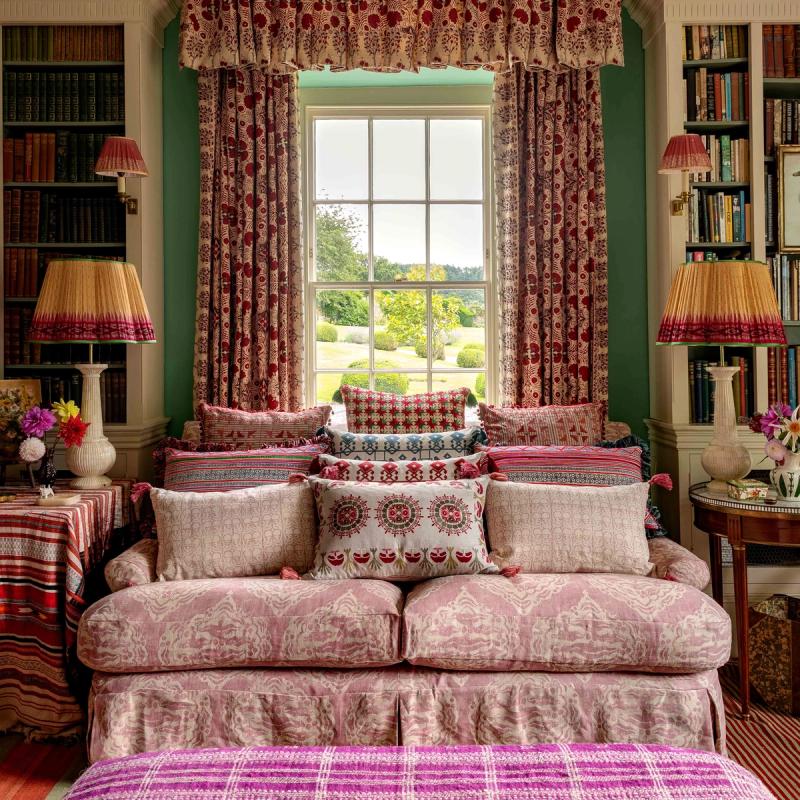
How to Use Pink Effectively in Interior Design
Pink. Possibly one of the most divisive colours on the palette, particularly when it comes to interior design. When we think of a room decorated around the colour pink, we could be forgiven for instantly calling to mind the extreme – rooms ready for Barbie and Ken, bright and garish and hyper-feminine. In reality, however, there’s a lot more you can do with the colour pink than the very extreme.
Yes, when you tell friends and family that you’re redecorating the living room in pink, you’re likely to get a few raised eyebrows – but, fortunately, raised eyebrows can be a precursor to looks of total surprise, fascination, and amazement, provided you can pull things off. From your wallpapers to your upholstery, here’s how to use it well.
Here’s what you need to know.
Why is pink a tricky colour for decorating?
Pink is still very much associated with girliness – with a very youthful femininity. While there’s no reason why it shouldn’t be popular among the littles, there’s also no reason why we shouldn’t also enjoy it outside of decorating the playroom. Like any other colour, there are countless things you can do with it, unlimited shades to explore, and ways of making a room unique with it. Not everything falls into the categories of ‘candyfloss’, ‘Barbie’ and ‘hot’.
What are you trying to achieve?
How you approach this colour should be informed by the sort of room you’re looking to create. If you’re interested in using the colour pink unexpectedly – say, by putting a twist on a very traditional style of décor – then your approach will need to be quite different than if you’re simply looking to build a colour story around pink.
That, of course, brings us onto…
What is your colour story?
A colour story is, broadly speaking, a select palette of colours chosen for any given room of the house. A colour story can have as few or as many colours in it as you want, but the golden spot tends to fall around three. You can add plenty more colours through other features, but on the basis that those three are the ‘main’ grounding colours of the room.
In a kitchen with wooden floors, sage cupboards, and black granite worktops, the colour story would likely be brown, sage green, and black.
If pink is the name of the game, the ultimate goal, and the headline act, then your colour story may well be centred on a few different shades of pink and maybe some white and black for contrast. If, however, you want a pink scheme that doesn’t feel overwhelmingly pink, introducing a complimentary and contrasting colour – perhaps a neutral, and something from the opposite end of the colour wheel, like green or a warm, rich yellow – will help the room to feel understatedly pink, rather than overtly pink. Our Magda Pink Green Fabric is a great example of how the colour can be used with contrasting colours, without feeling all-consuming.
Where will you incorporate pink?
This is the big question, and it will shape how you approach the entire process of renovating/redecorating. Your walls, furnishings, curtains, lighting, rugs, and artwork can all be used to incorporate more or less pink into the space, depending on how you feel.
A pink sofa may sound like a big step, but, again, provided you avoid those cliché shades, you can avoid pigeonholing yourself into any particular vibe. Our Floral Tile weave in pink, for instance, features a rich, warming shade of pink – and, while it features floral motifs, it doesn’t embody the overtly feminine style you might expect.
For something brighter, creating a feature wall with our Flowerberry Pink wallpaper will make a pink statement, while still leaving you with the freedom to introduce other varying and contrasting colours in the rest of the room. Softer pinks, like the shade of this Teardrop lamp base, are about as close to ‘neutral’ as you can get, so adding a few more pinkish elements into the room won’t dictate the décor too heavily.
Pink doesn’t have to be seen as the drastic, controversial choice it is often painted to be. For some reason, it appears to be the only colour with that level of scepticism surrounding it, despite the fact that there are countless ways to use it well, and only a handful of ways to live up to the cliché that still follows it around. Embracing pink is a great way to make your décor unique, and to avoid feeling as though you’re designing your home for someone else’s eyes.
More from Decoration
